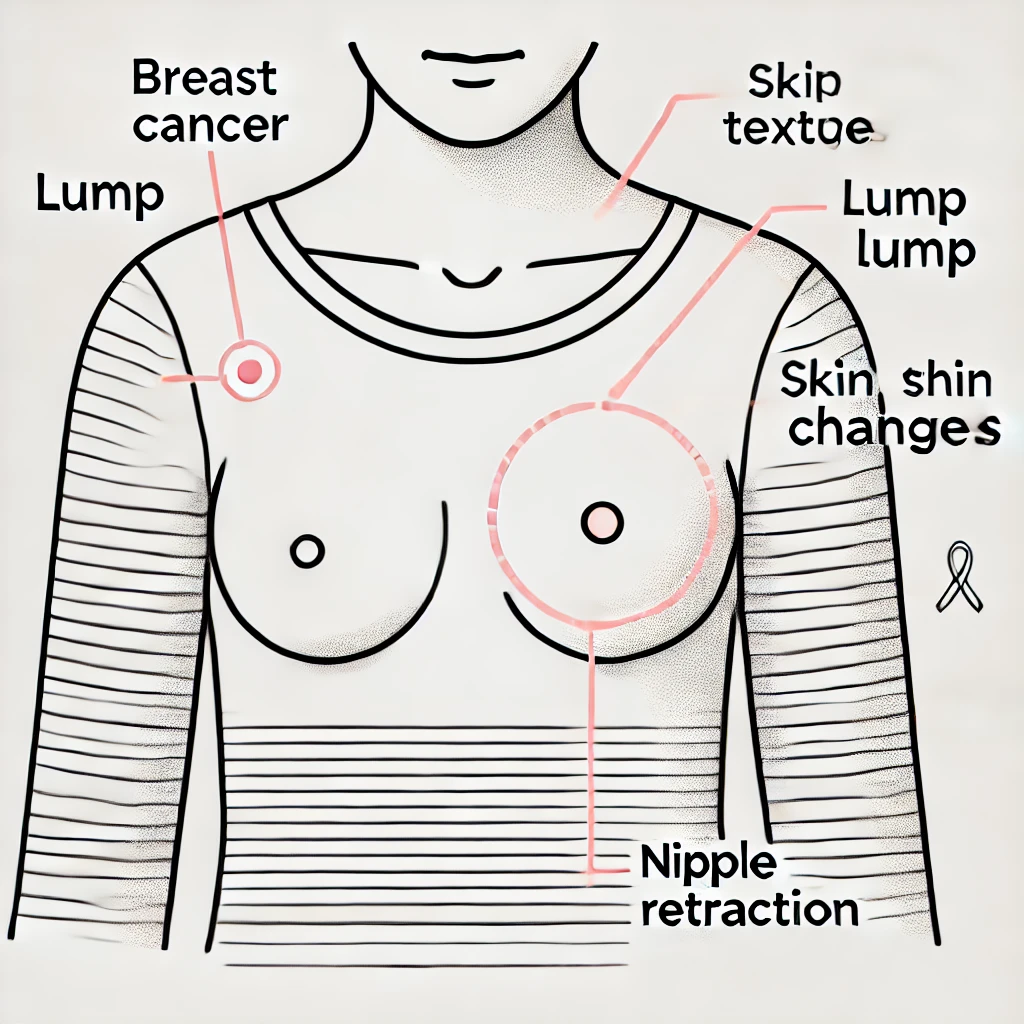Flu Prevention and Health Tips
With the flu spreading widely these days, it is more important than ever to maintain good health. The flu is a common viral illness during the winter season, and prevention and early management are key.… Flu Prevention and Health Tips

